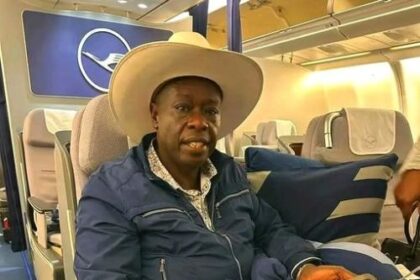Public universities in Kenya will charge lower tuition fees from 1 September 2025. The government made the decision after revising how degree costs are calculated.
Prof Daniel Mugendi chairs the Public Universities Vice-Chancellors Committee. He said class sizes influenced the pricing model. Programmes like medicine and engineering had high fees due to fewer students per class. The number of students in medical classes has increased from eight to twelve. This shift helps reduce the cost per student.
Prof Mugendi is also the Vice-Chancellor of the University of Embu. He said the revised fees will make higher education more affordable. The government will continue funding universities. Institutions will keep delivering quality education.
The Presidential Working Party on Education Reforms alos helped guide the changes. President William Ruto formed the team in 2022. They reviewed tuition costs and proposed reforms to widen access to education.
Prof Winston Akala served on the taskforce. He also heads Koitaleel Samoei University College. He said the recommendations were based on the actual cost of education. The team avoided using national income or budget limits.
They initially used the Means Testing Instrument (MTI) to assess families’ financial status. Kenya’s weak data systems made this difficult. Most families do not work in the public sector. Many gave false information, making MTI unreliable.
MTI also helps determine the amount of government support each student receives. The support includes scholarships from the Universities Fund. It also includes loans from the Higher Education Loans Board (Helb).
Prof Akala said universities must now find new income sources. He suggested investing in research and commercial projects. These efforts can generate revenue and support needy students. This is the path many universities around the world have taken.
Also read: Nduta Sentenced to Life in Vietnam Over Drug Charges
Understanding the New Public University Tuition Cuts

Leave a Comment












